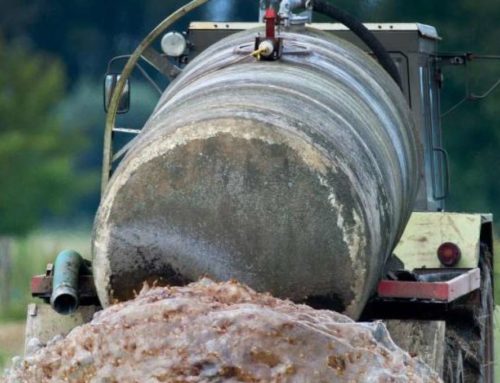Almost all drinking water samples contained microplasty
The fact that the seas are full of plastic waste is well known. But our drinking water is also contaminated with microplastics. Worldwide, 83 percent of tap water contains tiny plastic parts that enter our bodies unhindered in this way. The health effects have been little researched. What we know, however, promises nothing good.
Microplastic exposure is lowest in Europe
A study by the journalist network ‘OrbMedia’ came to the alarming conclusion that a large part of the world’s drinking water is contaminated with plastic particles. We are lucky in Europe, where the average pollution rate is the lowest at 72 percent. The USA and Lebanon are the absolute leaders when it comes to plastic in tap water: 94 percent of the samples are contaminated.
Where does the microplastic in drinking water come from?
The tiny plastic particles are so small that conventional sewage treatment plants cannot filter them out of the water. The small fibres are produced, for example, when synthetic clothing is washed. The plastic threads continue to break and rub off and enter the water cycle via the sewage system. Toothpaste, cosmetics or wall paint also contain tiny plastic particles that sooner or later end up in our drinking water.
The ever-growing mountains of rubbish are also a problem, because plastic does not decompose so easily. According to the ‘Initiative Mikroplastik’, it takes 450 years for a plastic bottle to decompose completely. But before that, the bottle is crushed by the weather into microscopically small pieces, which also get into our bodies via the drinking water.
What effects does microplasty have on health?
Little research has been done into what microplastics do to the human body. However, it is obvious that the additional strain is not healthy. PET, which many bottles are made of, releases toxins when exposed to heat and sunlight, the authors of the study explain. PVC, which is found in many packaging and toys, releases toxic chemicals when it comes into contact with water. HDPE – another packaging material – is also suspected of causing breast cancer, infertility or testicular cancer.
How to avoid microplasty in everyday life
According to the researchers, a large part of the microplastic in drinking water is produced by industry. But each individual can also make a contribution to maintaining water quality. For example, one can try to reduce plastic waste in everyday life, for example by purchasing a drinking water filter such as the one from Umuntu GmbH, so that plastic consumption of bottled water is reduced to zero. At least 500 plastic bottles can be saved per person by using a drinking water filter. Thanks to the special Umuntu technology, 99% of microplastic and over 500 other pollutants are removed from drinking water.
Quelle: http://time.com/4928759/plastic-fiber-tap-water-study/)



